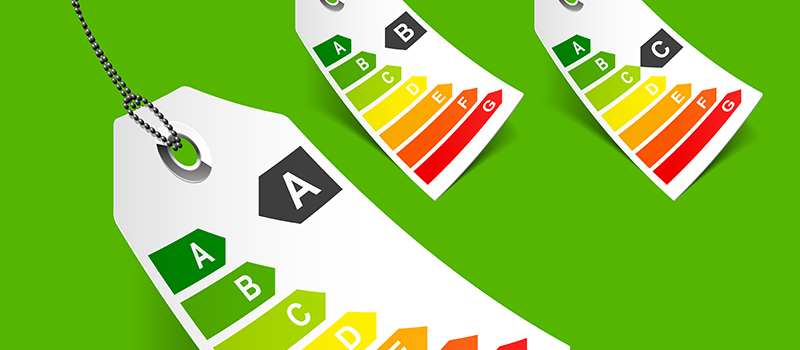Blast freezers and blast chillers are perfect for the catering and hospitality industry and although in the past they were considered to be energy guzzlers,this has changed with the evolution of energy efficient blast chilling design and engineering. There are some important considerations you should make though, if you are thinking of using one of these devices in your business. Before speaking to a local company with expertise in blast chiller and freezer installation, take a look at some of the tips below that will help you to ensure your blast freezer is as energy efficient as possible.
1. Food Safety Is Most Important
Complying with HACCAP is crucial when using a blast chiller or freezer, so it is vital that before you buy a lower powered appliance in the hope of it being more energy efficient, you need to ensure it will be able to chill/freeze and maintain food safely for the appropriate length of time. The regulations outline that the food core must be chilled within 90 minutes or frozen within 240 minutes. To give allow more flexibility, you should look at a unit that is capable of chilling from 90 degrees Celsius rather than the normal 70.
2.The Right Size Of Chiller/Freezer For The Job
A very easy way to decrease the energy consumption when blast chilling and freezing is to chill/freeze only the amount of food you actually need. A smaller blast chiller/freezer will be more efficient than a larger one if you are only producing, making or using low volumes of food.
3. Before You Begin Chilling Or Freezing
You need to make sure that the blast chiller/freezer is switched on and set to he correct temperature before you begin – 3 degrees Celsius for chilling and -18 for freezing. Failing to do this will mean that you overwork the refrigeration system when you add hot food to it. As well as not being efficient enough, as a result it could mean that the blast cycle does not complete in the appropriate time.
4. When Blast Chilling Or Freezing Half Loads
When you have a less than full load to blast chill or freeze, you should spread the trays out evenly inside the cabinet. This will help to ensure that the food is uniformly and quickly chilled/frozen. In order to help save more energy you should use a food probe, as you will be able to check the temperature regularly and stop it as soon as the appropriate temperature is reached.
5. When Using A Food Probe
As briefly noted above, you can use a food probe to help control the blast cycle in order to save more energy. Position the probe on the middle of the tray stored on the middle shelf, inside the densest part of the food to get the most accurate reading possible.
6. Air Distribution
As well as minimising the chance of damaging the food being chilled or frozen, an even and all round flow of air will also help ensure that all food is chilled/frozen uniformly as well as reducing energy consumption.
7 – Keep The Door Closed When The Cycle Has Began
Once you have started the blast cycle, keep the door closed. Make sure you have added everything that needs to be chilled or frozen at the same time. This is because the food that is already in the unit will be subjected by the warmer air from outside the appliance, while the food that has been outside won’t get the benefit of the full cycle.
8. Keep Food Uncovered
Avoid covering food in the trays of the blast chiller or freezer as it will interfere with the blast cycle efficiency. As all current blast chillers and blast freezers feature special airflow designs, they protect even the most delicate food; negating the need for covering food.
For more tips on getting the most out of your blast chillers and freezers, please call us 0208 8318900






